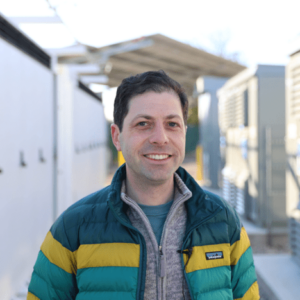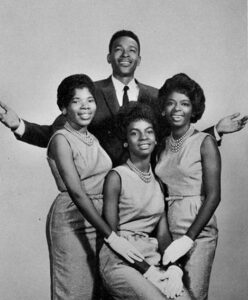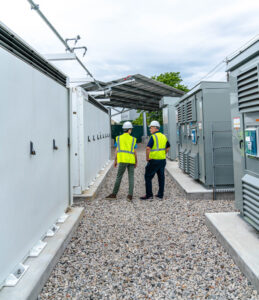Blog:
During this summer’s heat waves, NineDot’s batteries were called by Con Edison to provide relief to the Bronx power grid during the five hottest, stickiest, and most-carbon-intensive afternoons.
During those afternoons, electricity usage reached its highest peaks for the year, and the batteries supplied power to the grid with 100% performance and reduced planet-warming emissions by 24 metric tons.
We want to share a story with real-world data on why building more and more energy storage across the city is so important for New York’s clean energy transition.
The summer of 1964 was HOT!
On July 17, 1964, Martha & the Vandellas took to the bandstand at Freedomland’s Moon Bowl in the Bronx’s Baychester neighborhood. (Freedomland U.S.A. was an 85-acre theme park, open for the summers of 1960-1964.) The Motown group performed their No. 1 hit “Heat Wave” and, for one of the first times on stage, “Dancing in the Street.” The crowd was swingin’ and swayin’ on the world’s largest dance floor, as the summer temperature hit the mid-90s.
At the same time, New York City’s newest, state-of-the-art power plants were spinning up to meet the real-time electric demands for a rapidly growing city: from Ravenswood (commissioned in 1963) – designed to be the world’s first one-gigawatt plant – and Astoria (completed in 1962) in Queens to the Arthur Kill station (opened in 1959) in Staten Island.
The summer of 2024 is hotter …
Six decades later, much has changed. Freedomland is largely forgotten and has been replaced by Co-Op City, the world’s largest housing cooperative, Martha & the Vandellas were inducted into the Rock and Roll and R&B Halls of Fame, hip hop and breakdancing were born in the Bronx (with breaking entering the 2024 Olympic games), and heat waves in New York City have become more frequent, more intense, and longer lasting.
In July 2024, New York saw two heat waves with a “real-feel” temperature hitting 104. Our city’s electric grid was again called to provide peak power. The same old electric “peaker” plants – Ravenswood, Astoria, and Arthur Kill, plus some newer ones like Hells Gate and Harlem River Yards in the Bronx – were firing at max power to keep homes and businesses cool and the lights on across the city. Just as in 1964, peaker plants are required to supply power at the exact instance that grid loads spike.
… but batteries are here to help
This year, in the shadows of Co-Op City, just outside the former entry to the Moon Bowl, New York City’s grid was ready for “a brand-new beat” from a bank of batteries providing clean power.
NineDot’s energy storage system on Gunther Avenue in the Pelham Garden’s neighborhood is one of the city’s first community batteries. During peak power days – like the heat waves on July 8-9 and 15-17 – Con Edison calls our batteries to work under its Dynamic Load Management (DLM) program. The batteries charge up overnight when the grid has lots of extra headroom and to hold the energy until the grid is overstressed. In the late afternoon – typically around 4 pm – as families start getting home but offices and businesses haven’t yet turned off their A/Cs, the batteries release a burst of power to offset strain on the grid, providing grid relief to the most needed parts of the electric network.
Behind the gate on Gunther Avenue – with a fence that acted as a canvas for a 135-foot clean energy mural dreamed up and painted by the elementary students at the Bronx School for Better Learning across the street – NineDot’s batteries were primed and ready to go for July’s heat waves. The system performed exactly as designed. For each day in operation, the batteries provide 3,000 kilowatts across a four-hour DLM event. This is enough energy to balance the energy usage of about 3,000 Bronx households. Over the five events, the batteries reduced greenhouse gas emissions by a combined 24 metric tons (according to New York City’s Department of Buildings Local Law 97 calculations). That’s equivalent to the carbon reduction from 9,000 fewer car drives on the 6.8-mile stretch of the Cross Bronx Expressway from Harlem River to Throgs Neck.
In Figure 5, we graph battery performance over the five DLM event days from this summer so far, along with New York City’s grid demand. Con Edison’s grid load, plotted with five red curves, now peaks at over 12 gigawatts, nearly twice what it was in the 1960s. And the peak is expected to nearly double again over the next decades with more electric cars and all-electric homes. Con Edison typically calls for load relief support from batteries when the grid is forecast to meet 88% of the year’s peak demand (11.3 gigawatts for summer 2024). We also graph the hourly price of electricity in green, which varies by a factor of 5x throughout a hot summer day (becoming more costly as demands increase). For each of the five DLM days, we plot battery performance in blue. Positive numbers show the battery is charging up from the grid and negative numbers mean the battery is discharging back onto the grid.
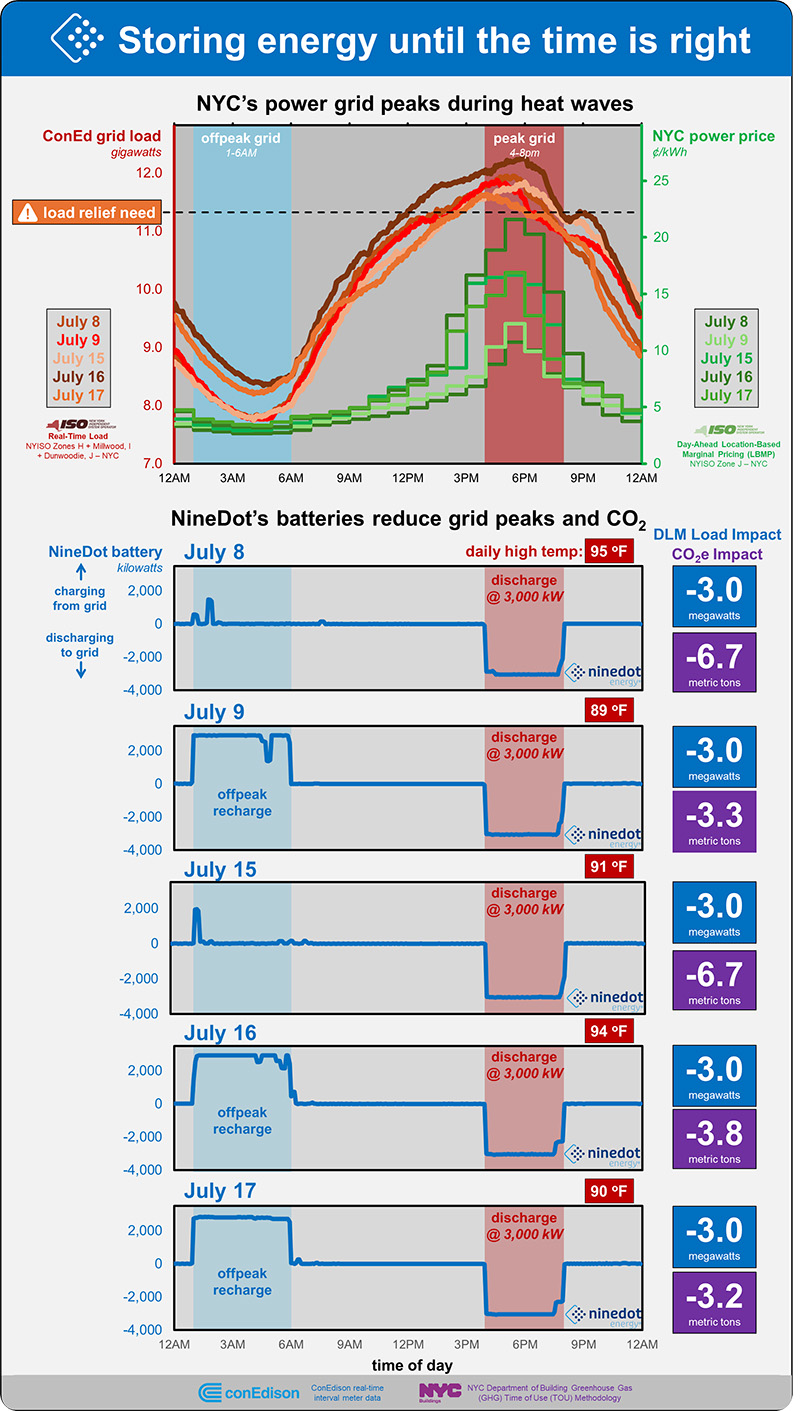
Figure 5: Batteries charge up overnight and hold the energy until the grid demand peaks and energy costs rise. The batteries export power from 4 to 8 pm. This is the real-world performance on the five peak days in July 2024. The greenhouse gas reduction is estimated based on the NYC Department of Buildings (DOB) time-of-use (TOU) methodology.
For example, on July 9, the batteries charged up from 1 am to 6 am and held the energy from 6 am to 4 pm. They then exported 3,000 kilowatts of power from 4 pm to 8 pm, injecting a total of 12,000 kWh of extra energy into the grid (3,000 kW x 4 hours = 12,000 kWh). This performance is repeated on each of the five DLM events. An exception is the batteries didn’t need to be recharged July 8 and 15, the first day of each heat wave, because they are kept at a near full charge during the summer months, in preparation to be called on when needed.
These graphs show with real world data that batteries, when properly built and operated, help reduce the need for outdated, dirty, expensive peaker plants. Batteries help make the grid more reliable and cheaper to operate. Batteries reduce greenhouse gas pollution. And batteries also help extend the life of the Parkchester #2 substation, one of Con Edison’s most stressed networks, serving over 97,000 customers from the Bronx Zoo to City Island to Edenwald since the 1970s.
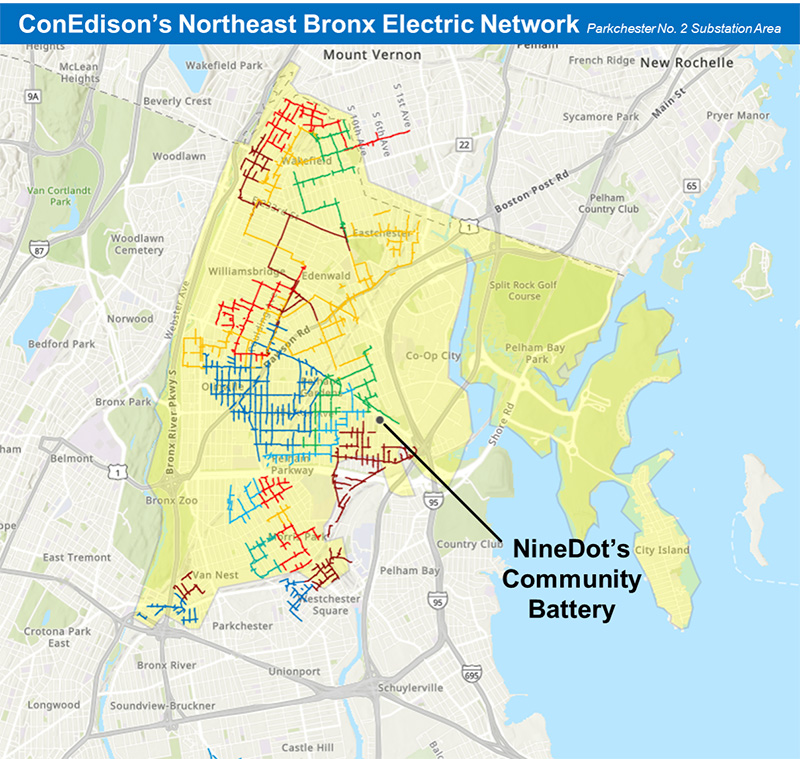
Figure 6: NineDot’s Gunther battery provides direct support to Con Edison’s Northeast Bronx power grid. Source: Con Edison Hosting Capacity Maps
Energy storage is key to New York’s clean energy transition
NineDot’s Gunther project is just one of a new fleet of batteries in the works in support of a statewide roadmap to have 6,000 megawatts of storage online by the end of the decade. An ensemble of renewable energy – 9,000 megawatts of offshore wind and 20,000 megawatts of solar set for 2035 – plus energy storage can replace the city’s out-of-date fossil-fuel power plants. Batteries will charge up from excess energy on the grid when the wind blows (mostly overnight) in the Atlantic Ocean and when the sun shines on upstate solar panels, and the energy will be delivered to New York City by new transmission lines. Energy storage lets the power grid be balanced without inefficient peaker plants that only get fired up during the hottest of hot days. Many hundreds of dance-floor-sized lots will host batteries across Brooklyn, the Bronx, Queens, and Staten Island that store and discharge energy when the local power grid needs it. Batteries deployed now help future-proof the grid for New York City’s eight million residents.
It takes a big band of partners working in concert to achieve our city’s energy storage goal, and NineDot’s Gunther project shows the real-world impact of our shared efforts. We reached out to a handful of our key partners in New York to share their perspectives on the collaborative journey and the significance of projects like Gunther in advancing the city’s clean energy future.
“I was proud to stand with NineDot Energy two years ago to help cut the ribbon on their Gunther Avenue project, which has provided numerous benefits to our residents since it went into operation,” said Bronx Borough President Vanessa L. Gibson. “The Gunther site has provided greater grid resiliency, lower utility costs, and a reduced reliance on high-emission, high-cost ‘peaker’ plants during summer hours when grid demand exceeds available capacity. I have seen NineDot’s work firsthand, and I am grateful for their commitment to serving our communities.”
Julie Tighe, President of the New York League of Conservation Voters said, “Recent heat waves underscore the urgent need for efficient clean energy solutions, making NineDot’s Gunther project, which supports Con Edison’s power grid, a crucial part of New York’s plan to deploy 6,000 megawatts of storage by 2030. These systems store excess wind and solar energy, reducing reliance on dirty peaker plants and enhancing grid resilience for New York City’s eight million residents. Collaboration like this is crucial for hitting our clean energy targets and ensuring a reliable power grid for all New Yorkers.”
“Energy storage systems help the city and state meet their ambitious climate goals, increase grid reliability when extreme heat strains our grid, and can provide resiliency benefits to environmental justice communities that are particularly susceptible to climate-related power loss events,” said Mayor’s Office of Climate & Environmental Justice Executive Director Elijah Hutchinson. “As New York City continues its bold work to expand climate tech innovation, NineDot stands out as a creative powerhouse that advances our just transition.”
Alex Potulicki, Section Manager of Demand Response at Con Edison, told us: “The development and deployment of battery storage technology carry great benefits for customers and the environment. Batteries can help us maintain the reliability and resiliency of the grid, which is a necessity in a region as dense and vibrant as our service area. We see a key role for batteries in the transition to a clean energy future with the electrification of buildings and transportation and a greater future need for power.”
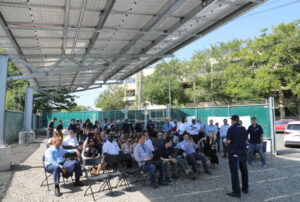
Figure 7: The summer 2022 ribbon cutting at our Gunther Ave battery site.
To paraphrase Frank Sinatra: if you can build it in New York City, you can build it anywhere. And as Martha Reeves sang from the Bronx sixty years ago this summer: We’re callin’ out around the world: are you ready for a brand-new beat?
And finally, a NineDot playlist for NYC’s summer

Our team at NineDot put together some beats for the summer in New York City. See our shared Spotify playlist featuring Martha & the Vandellas and jazz-greats Count Basie and Louis Armstrong who all performed at the Moon Bowl in 1964.


